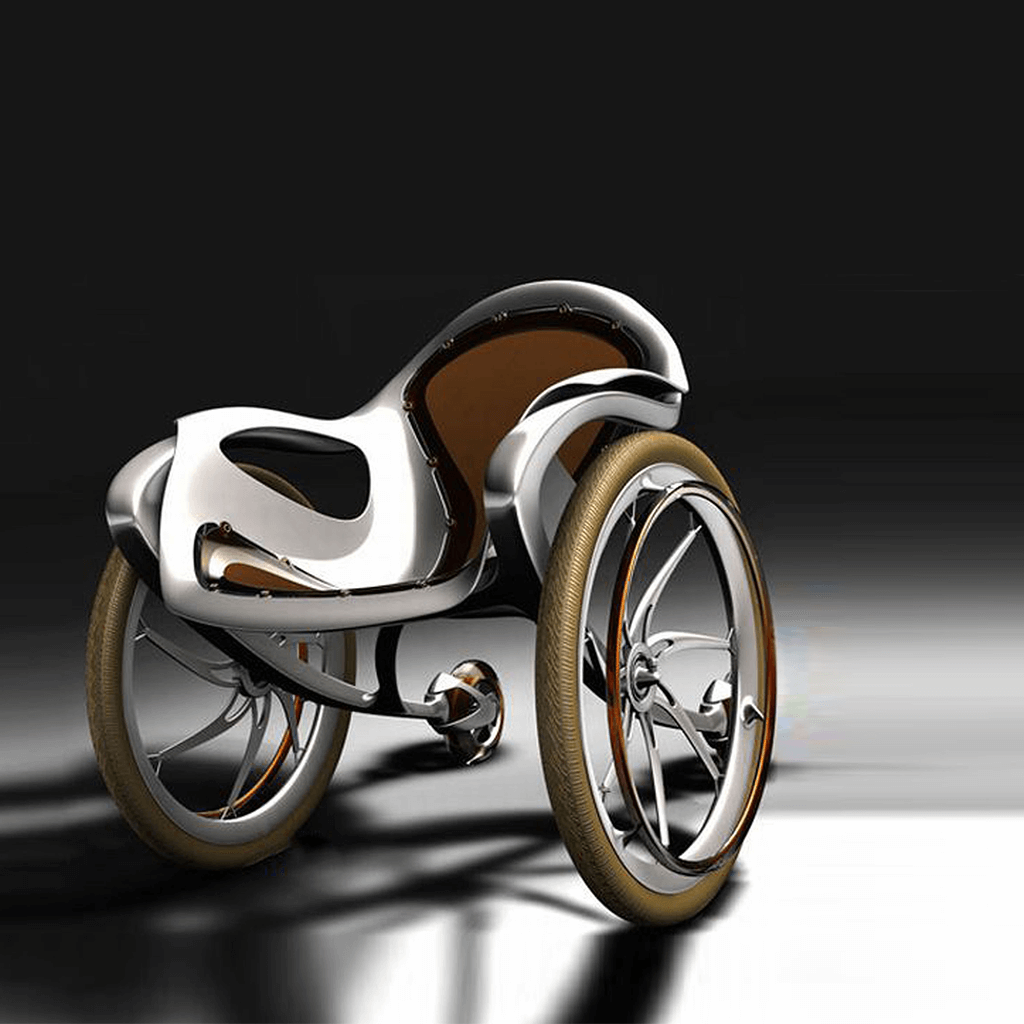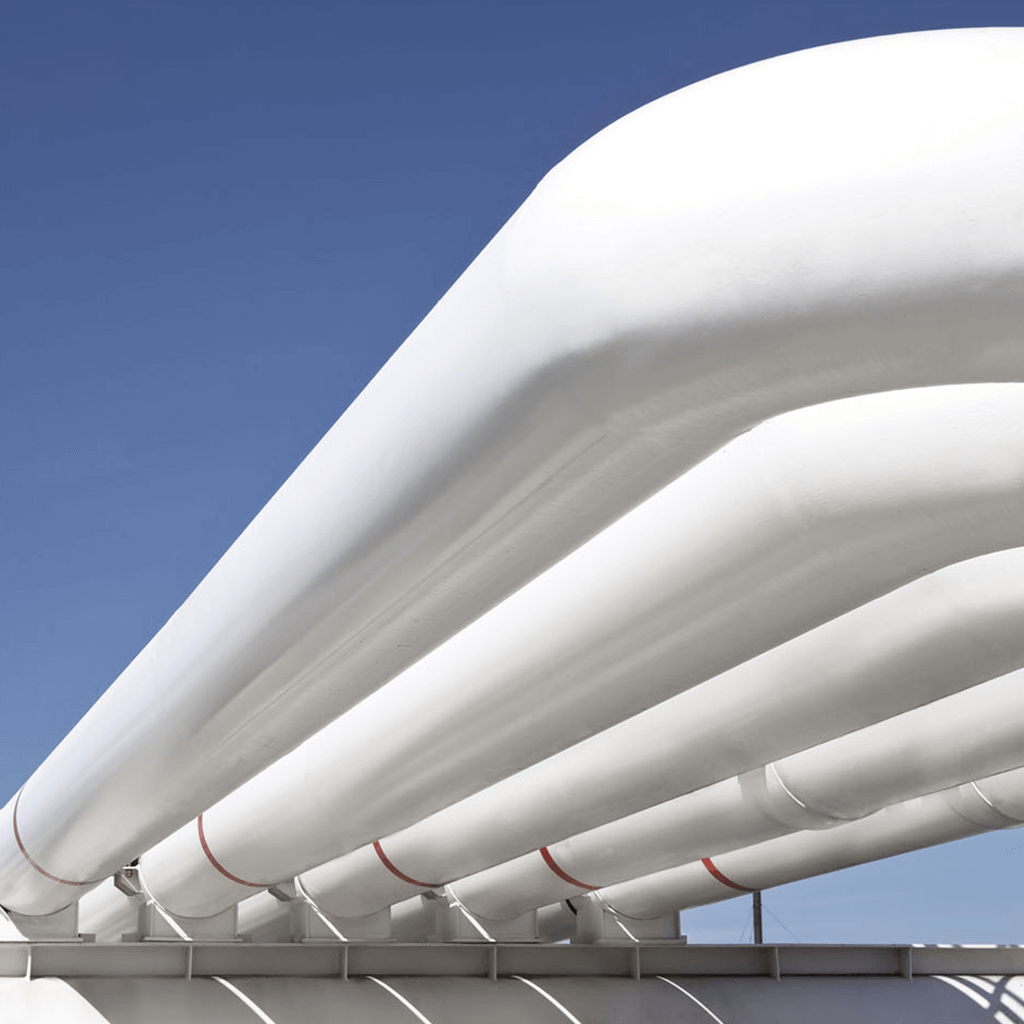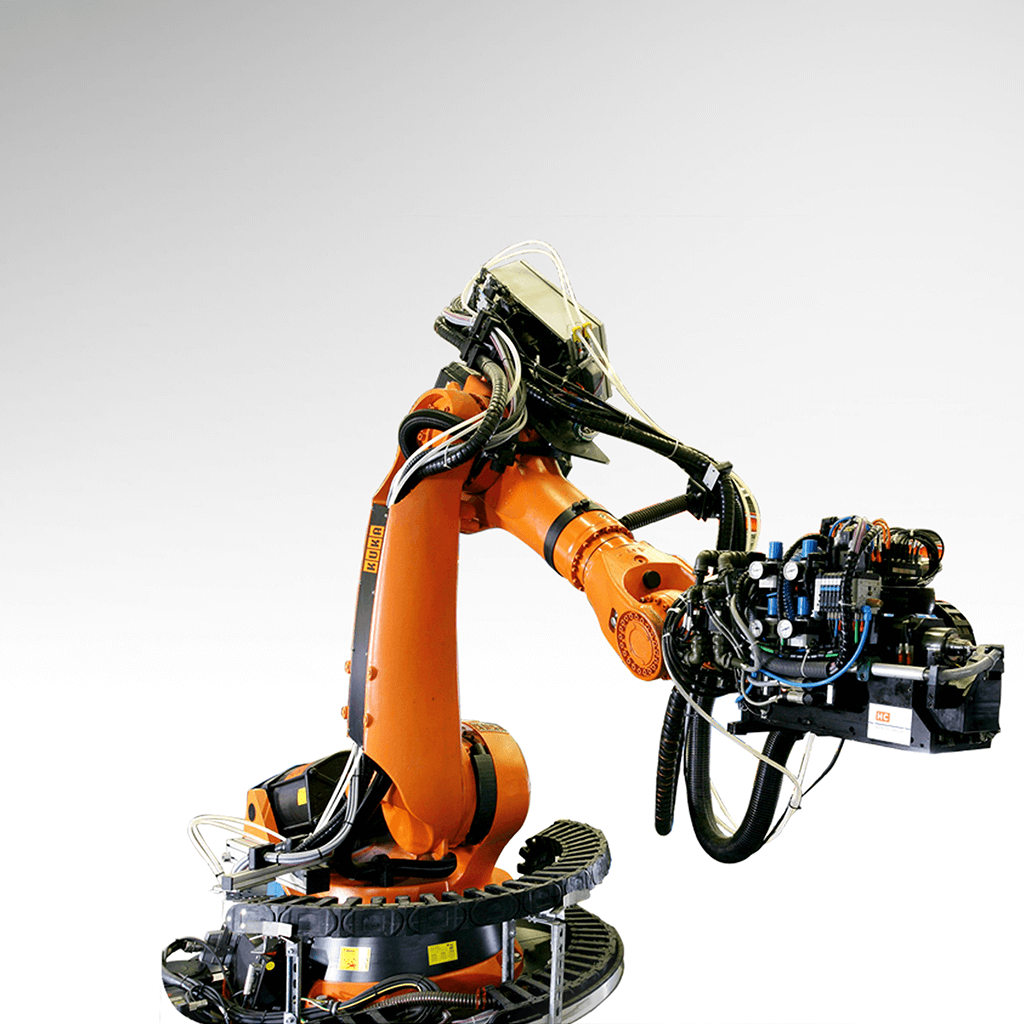Mechanical behaviour of multifunctional composites
MCVE Technologie, in collaboration with the Centre for Materials and Process of IMT Nord Europe, has recently validated and qualified the use of its solution for functionalising glass fibre fabrics. This article explains how composite materials can be endowed with electronic functions without compromising the mechanical behaviour for their intended end use. This article has been published in the JEC Composites Magazine N°150.

MCVE Technologie has patented EOPROM®, a copper-based formulation that allows tracks to be added to various types of materials. Its Eopromflex® process uses the silk-screening method and copper metallisation baths – similar to those used by the printed circuit industry – for deposition onto flexible fabrics made out of glass or natural fibres.
Since its founding in 2019, MCVE has focused on producing functionalised glass fibre materials with a view to integrating them to composites. Over the years, MCVE’s technology has been validated by proof of concept on a variety of fabrics for composite materials in various applications. This experience has allowed the company to demonstrate the strength of the EOPROM® bonded copper metallisation with fibre glass fabric. Indeed, as a result of its solderability, EOPROM® creates a robust connection for printed electronic functions. The study entitled “Composite materials instrumentation through integration of functional components printed on fabrics: development, processability and characterisation” was carried out at IMT Nord Europe under supervision of IMT Professor Patricia Krawczak, plastics and composites expert.

Its objective was to show that using EOPROM® formulations to integrate a functionalised layer to a composite by means of an infusion process does not affect the mechanical behaviour of the material.
Experiment design
In order to determine the influence of track width, three single longitudinal lines were designed in widths of 0.8 mm, 1.5 mm and 3 mm. Four meanders design, used for heating circuits, were also designed. There were two longitudinal meanders with differing row pitches and two transversal meanders each with a variable row pitch. The last design was specific to the bending test specimens, whose dimensions are smaller. With the exception of the single lines, whose widths vary, all other tracks are 1.5 mm wide.
Sample manufacturing
Tracks were produced by silk-screening designs with EOPROM® paste. Once silkscreened, the samples were placed in a drying cabinet, then immersed in various metallisation baths. The purpose of these baths is to deposit a layer of copper over the EOPROM® paste.
Composite plates were manufactured from the following components:

– Layers of a reinforcement material made of satin glass fabric that has a nearly balanced weave (52/48) and a weight of 296 g/m². Samaro material reference PO12768.
– A layer of functional glass fabric (containing copper track) with an un¬balanced weave (60/40) and a weight of 202 g/m². Porcher material reference 7628.
– Gurit Prime 37 resin and AMPREG 3X Slow Hardener, with a mass ratio of 100:29.
The dimensions of the plates manufactured are 250 x 25 x 2 mm; there are four different configurations.
For the tensile test specimens:
– 2.24 mm thickness
– [(0° R)9 / (0° F) / (0° R)]
For the in plane shearing test specimens:
– 2.24 mm thickness
– [(±45° R)9 / (0° F) / (±45° R)]
For the three-point bend test specimens and short beam shear test specimens:
– [(0° R)10 / (0° F) / (0° R)10 ]
– [(0° R)19 / (0° F) / (0° R)1 ]
The various plates were manufactured using the infusion process at ambient temperature and at -900 mbar for 16 hours. The plates were demoulded, then post-cured at 55°C for 24 hours.
Mechanical characterisation in tension
Standard NF EN ISO 527-4 was used, allowing the longitudinal modulus of elasticity (E), and tensile strength σM to be determined.
The following test parameters were applied:
– Rate of displacement: 2 mm/min
– Test stopped after a drop of 40%
Displacement was measured via several methods, with an extensometer or through DIC (digital image correlation), and in some cases additionally by crosshead displacement.
In the case of single longitudinal lines, tensile test results indicate a linear correlation between the copper surface area and the modulus of elasticity. In the case of longitudinal meanders, the increase in number of meanders (and thus a reduction in the space between meanders) improves modulus. In the case of transversal meanders, the reduction in the space between meanders lowers the modulus of elasticity value.
Results from these tensile strength tests demonstrate that in the case of transversal designs, an increase in the number of copper tracks predicates a drop in tensile strength. Further examination of single lines seems to indicate that there is a line width value at which the drop in tensile strength is higher. Therefore, lines less than 2 mm are to be favoured.
Influence of temperature cycling on tensile properties
One of the targeted industrial applications is integration of a heating. It is therefore paramount to check its impact beforehand.
A thermal cycle was applied:
– Seven 30-minute cycles of thermal cycling, followed by 30 minutes at ambient temperature
– For design 19: 4.2 V / 2.8 A
– For design 20: 3.4 V / 2.3 A
– Temperature at the surface ≈ 67 °C
– Temperature of the opposite side ≈ 64 °C
The test specimens subjected to thermal stress were compared to a series of test specimens that were not subjected to thermal stress.
Accounting for standard deviations, measurements show that the values between the test specimens that had been subjected to thermal cycling remain very close to those that did not. The impact of temperature cycling on the mechanical performance is therefore quite low.


In plane shearing test
The second mechanical test performed was the in plane shearing test, conducted through tensile tests at ± 45°, according to the NF EN ISO 14129 standard. It enabled the in plane shearing modulus G12 and in plane shearing strength τ12M to be determined.
The copper present in the composite involved a drop in plane shearing modulus G12. Nevertheless, the values remain within the order of magnitude that can be expected for such a material.
Through these tests, we learnt that design orientation can have a strong influence. While longitudinal designs appear to be favorable, transversal designs are to be avoided.
Three-point bending test
The third test considered was the three-point bend test, carried out according to the NF EN ISO 14125 standard. It allows the flexural breaking stress σfB and the flexural modulus (Ef) to be determined.
The impact of copper on the flexural modulus of elasticity appears almost negligible, all the more so when the functional layer is placed near the surface. The metallising baths, vital to the manufacturing process, have no significative impact on bending properties.
The presence of copper has a rather positive impact, on both the flexural modulus and the flexural strength. It is therefore possible to integrate functional layers to a piece that will be subject to bending stress without a loss of mechanical properties.
Metallising baths do not present a significant deviation from the reference, thus no significant deterioration in sizing should occur.

(Functional layer placed at the neutral axis (left) or near t the side in tension state (right) of the test sample)
Short beam shear test
The last test considered was the ILSS shearing test through three-point bend tests, according to the NF EN ISO 14130 standard. It enabled interlaminar shear strength to be determined τ13M.
These tests investigated three aspects in particular: the impact of the presence of copper, the impact of metallising baths on sizing.
As most test specimens did not delaminate, the value for interlaminar shearing strength could not be quantified. However, the lower bound values obtained remain within the expected orders of magnitude, and no significant drop in value appears.

(Functional layer placed at the neutral axis (right) or near the side in tension state (right) of the test sample)
Conclusions from the mechanical tests
This study focused on examining the impact of integrating functional components to a composite material. From a general standpoint, the influence of these components is quite…

Want to read the end of this article?
Subscribe now and access to the entire article published in the JEC Composites Magazine N°150.












